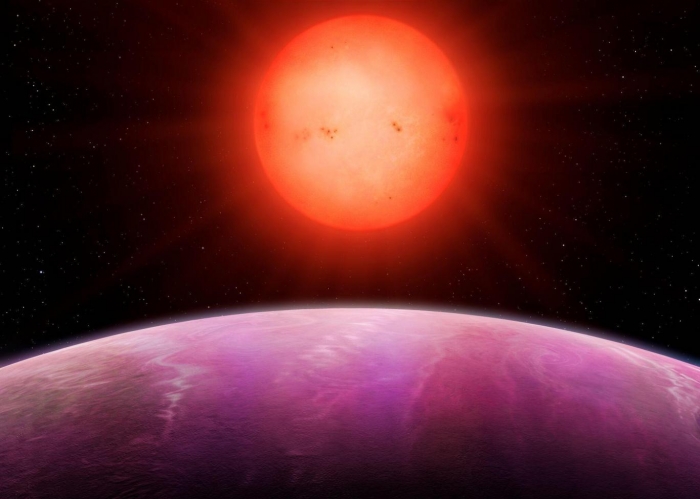Scientists not only didn’t predict that such a massive planet would be able to orbit such a small star, but it contradicts some of the predictions at the heart of their understanding of how planets form.
The mysterious, challenging solar system is 600 light years from Earth and the ratio between the star and the planet is the most unusual ever discovered.
Nasa's most stunning pictures of space
Dr Daniel Bayliss, from the University of Warwick, who led the team of astronomers, said: “The discovery of NGTS-1b was a complete surprise to us. Such massive planets were not thought to exist around such small stars.
“We are already challenging the received wisdom of how planets form. Our challenge is to now find out how common these types of planets are in the galaxy.”
NGTS-1b was spotted using the Next-Generation Transit Survey (NGTS), a robotic array of telescopes in Chile’s Atacama desert designed to search for exoplanets passing in front of their parent stars.
The “hot Jupiter” gas giant is very close to its star, just 3% of the distance between the Earth and the sun, and makes one orbit every 2.6 days. It has a surface temperature of around 530C.
Professor Peter Wheatley, also from the University of Warwick, who heads the NGTS, said: “NGTS-1b was difficult to find, despite being a monster of a planet, because its parent star is small and faint.
“Small stars are actually the most common in the universe, so it is possible that there are many of these giant planets waiting to found.
“Having worked for almost a decade to develop the NGTS telescope array, it is thrilling to see it picking out new and unexpected types of planets.”
A report on the discovery is due to appear in the journal Monthly Notices of the Royal Astronomical Society.
More about: #astronomy
















































